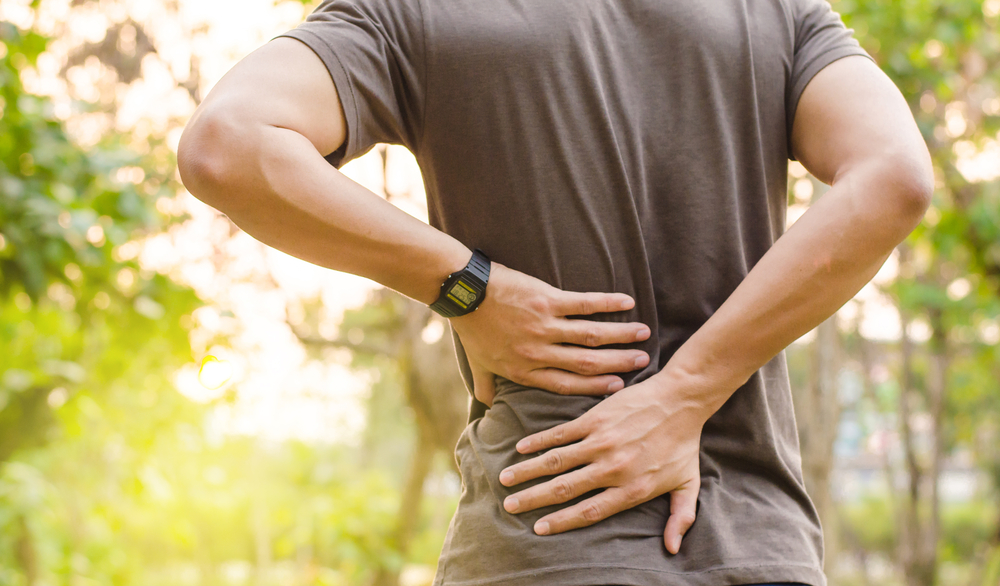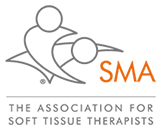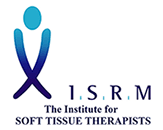So here we are at the beginning of a new year, and probably, like most people including myself, you have set yourself ambitious and challenging health and fitness resolutions for 2023. Perhaps you are a beginner and determined to start running, or maybe you are wanting to take the next step in your fitness journey which means you will need to increase your intensity and volume. Either way, as soon as we change our activity levels, we risk injury, so I have put together a list of tips to help you avoid injury on your fitness journey …
GET THE OK FROM YOUR GP
I would always advise checking in with your GP before you start any arduous activity, especially if you have had any past serious medical conditions. It is very unlikely that your GP will discourage you from exercise but they may give you some useful advice or safety parameters to work within .
MAKE SURE YOU HAVE THE RIGHT EQUIPMENT, ESPECIALLY SHOES
This applies especially if you plan to start running. I have seen so many clients who have started running and then ended up with issues like shin splits, achilles issues or knee pain, all of which have been, at the very least, exacerbated by their shoes. If you are planning to start running, then please don’t just grab your old trainers or any soft shoes that you have lying around but do visit a shoe store and get your gait checked. It may seem expensive and unnecessary, but trust me, there is nothing more frustrating than picking up an injury that could easily have been avoided. Outdoor cycling is another example where equipment and in particular the correct set up for your specific measurements , is key. If your seat height is incorrect for example, this has the potential to cause issues like knee or back pain .
TAKE PROFESSIONAL ADVICE
Especially if you are new to the activity. Poor technique almost certainly leads to aches, pains and injury whether you are running around the park, cycling or using weights in the gym. If you have access to advice, take it. Again, the number of clients that come to see me with issues caused by poor technique is phenomenal so please take advice if you are unsure.
WARM UP AND COOL DOWN
I know that we are often short of time and so warming up and cooling down, can seem like a pain BUT these two steps, if done correctly, can reduce injury risk, post exercise muscle pain and may even help to improve your performance moving forward.
The warm up should include a pulse raiser activity and dynamic stretches . These two activities will slowly increase your heart rate and prepare your muscles and bodily systems for the work ahead. The warm up should focus on the muscles that are to be used and also, as far as possible, imitate the imminent workout.
The cool down should allow your body to return to its pre activity state and ideally should include static stretches. Again the cool down should focus on the muscles used during the workout.
DON’T OVERTRAIN , and MAKE SURE YOU REST
When we overtrain , especially if our body, muscles or bones are unused to the level of intensity or volume then we of course risk, at the very least, pain but possibly injury so it is essential that when we first start training we respect our limitations and make sure that we are taking adequate time to rest and recover. Also if we fail to rest properly then our concentration will be affected which again may lead to accidents and injuries.
CROSS TRAIN
It is really important that whatever our key focus is, whether cardio, strength or flexibility training , we cross train so we supplement our key workout with elements from the other types of fitness.
Cross training helps to avoid overuse injuries by allowing your body to use different muscle groups, whilst allowing the other areas to recover in between use.
Cross training may also help to equalise muscular imbalances which again will reduce risk of pain of injury. For example, a complete focus on cardio fitness might lead one to neglect core or glute strength and a weak core or weak hips can lead to a huge number of issues from back pain to sciatica even knee or ankle issues.
Likewise if we focus on strength training without also thinking about our flexibility or cardio then we can end up strong but immobile and again immobility can cause a number of issues such as lower and upper back pain as well as tension in neck and shoulders.
It is really essential to have a clear goal or objective when you train, but neglecting other key areas potentially will cause issues in the future.
and of course I have to finish with REGULAR MASSAGES
For anyone participating in regular physical activity , whether you are a beginner or seasoned athlete, massage therapy is a key tool that will help you train harder and longer, recover faster and find and repair any niggling injuries before they become chronic issues.
Massage therapy can improve your range of motion and flexibility. Working out and strength training in particular , increases muscle tension which leads to muscles and other soft tissues adhering. This can lead to muscles forming adhesions (knots) as well as reduced mobility, Massage manually manipulates and stretches muscles.
Massage has also been known to decrease delayed onset muscle soreness, in addition to stiffness and fatigue after a workout.
Massage therapy also promotes relaxation and improves sleeps which is of course a bonus if you are training frequently.
Finally, if you are working with a soft tissue therapist, he or she will be able to help with many common sporting injuries such as muscle strains and provide you with tips and rehab plans to speed up your recovery.




